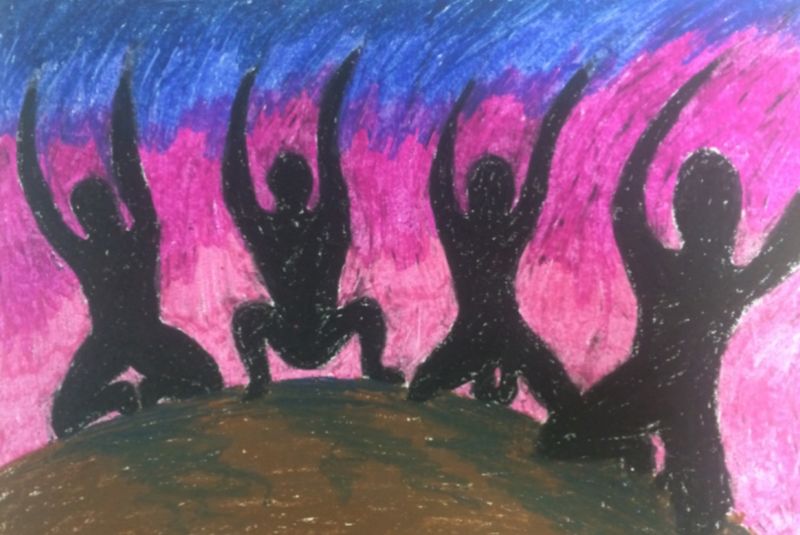Ayahuasca alters brain waves to produce waking dream-like state, study finds

Enlarge / A sketch drawn by study participant of visuals during their experience. (credit: Imperial College London/Chris Timmermann)
People under the influence of a psychedelic brew known as ayahuasca frequently experience vivid visual and aural hallucinations and also report feeling as if they are in a dream. Now a new study published in Scientific Reports has shown that the drug alters the user's waking brain-wave patterns to produce a mental state that the researchers describe as "dreaming while awake."
Ayahuasca is a bitter tea made from the Brazilian vine banisteriopsis caapi, colloquially known as the "spirit vine," used in shaman-led spiritual ceremonies among native people in the Amazon basin. Its primary active ingredient is dimethyltryptamine (DMT). That's the secret to ayahuasca's powerful psychedelic effects, which can also produce feelings of elation and fear or a sense of epiphany or psychological breakthrough. Those mind-altering properties come at a price, however. Participants in the ceremonies are often advised to bring a bucket, since nausea and vomiting (and sometimes diarrhea) are common reactions to the tea.
The brain controls perception and communication throughout the body via chemical neurotransmitters. Each neurotransmitter attaches to matching areas on nerve cells known as receptors. LSD, for example, targets the brain's serotonin receptors. Ayahuasca contains a compound (banisterine) that latches onto dopamine receptors in the brain. (That's why banisterine holds potential as a treatment for Parkinson's disease, which destroys dopamine receptors.)
Read 10 remaining paragraphs | Comments